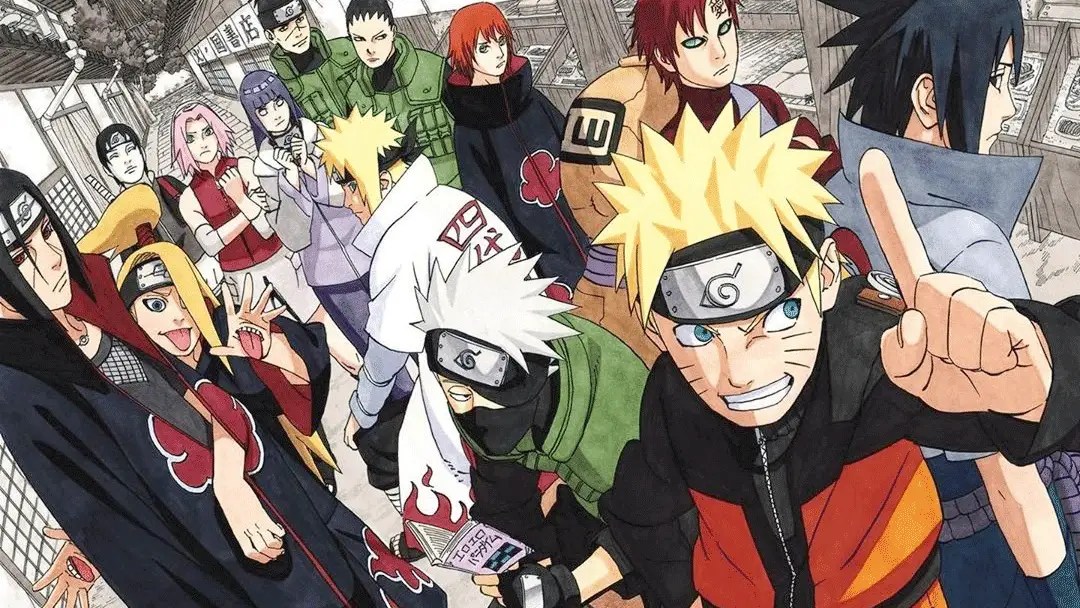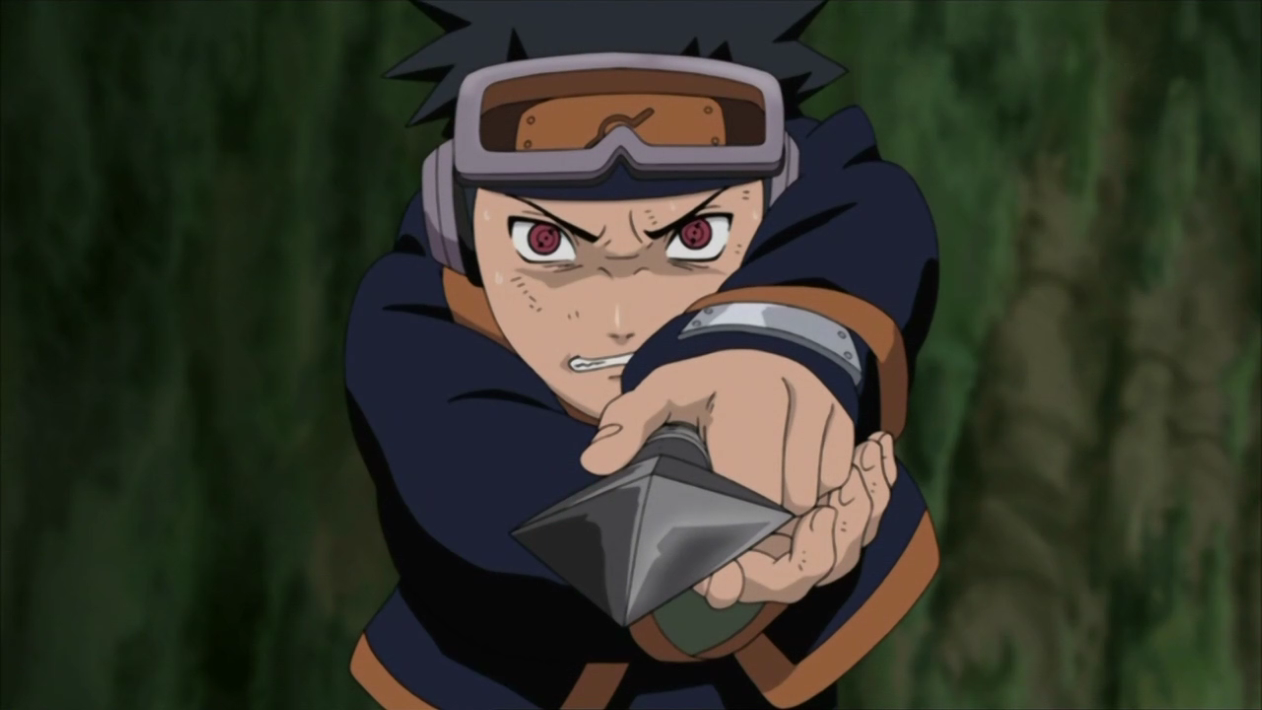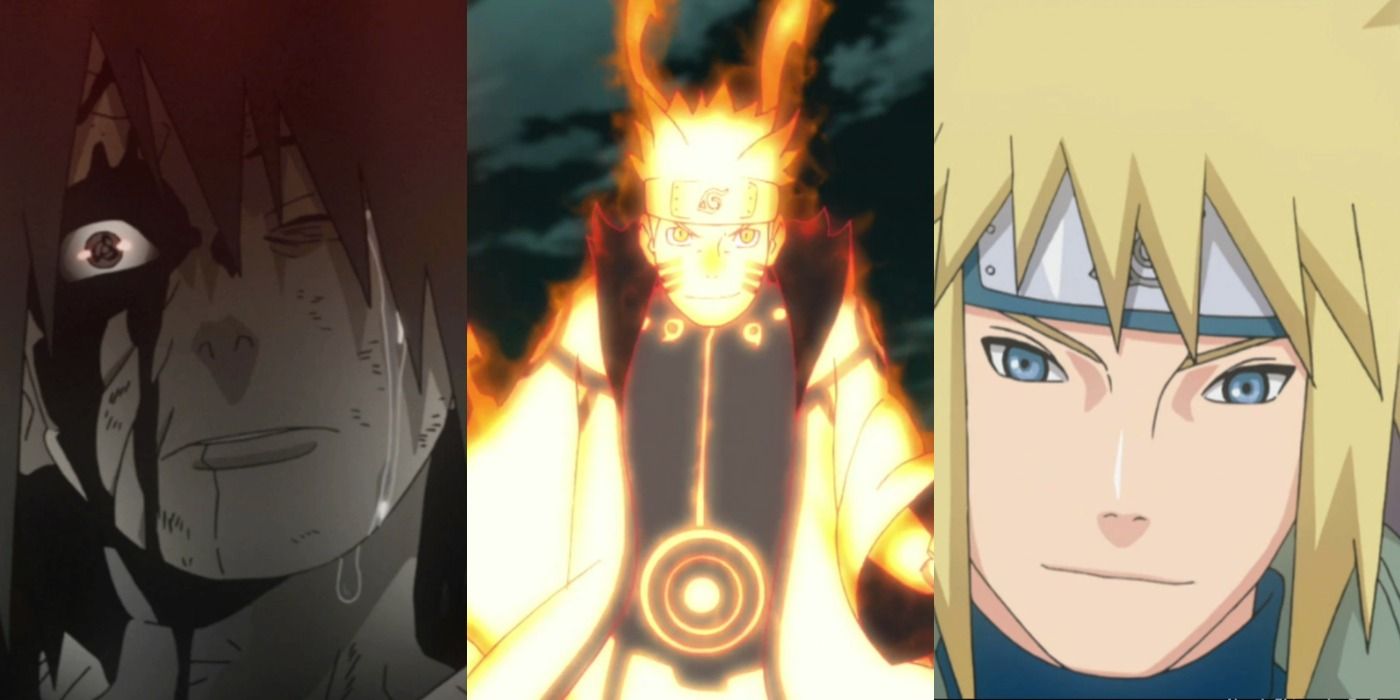
Kishimoto reflects Naruto's "honest" smile was well received in contrast to the sly look the main character from Karakuri had. When comparing both the Naruto one-shot and his other work, Karakuri, Kishimoto realized that former's title character was more appealing than the lead of Karakuri. Kishimoto originally wanted to make Naruto a child who could transform into a fox, so he created a one-shot of Naruto for the summer 1997 issue of Akamaru Jump magazine based on the idea.
Naruto shippuden episode 200 quotes series#
Original sketch for Naruto in Kishimoto's one-shot, Naruto (1997), which went through several alterations for the manga series due to its amount of detailĭuring the 1990s, new manga author Masashi Kishimoto sought to write a one-shot chapter that would feature Naruto as a chef, but this version never made it to print. The character has also been the subject of researches in literature, making him stand out in fiction based on his traits and growth. Although some initially saw him as a typical manga and anime protagonist comparable to those in other shōnen manga, others have praised his personality and character development as he avoids stereotypes typically seen in similar media. Naruto's character development has been praised by anime and manga publications and has drawn scholarly attention. Merchandise based on Naruto includes figurines and keychains.

Naruto is voiced by Junko Takeuchi in the original animated series and Maile Flanagan in the English adaptations. Kishimoto changed his design for Part II of the storyline, which starts two-and-a-half years after Part I. He has revised Naruto's image many times, providing the character with different clothes intended to appeal to Western audiences and to make him easier to illustrate. Kishimoto gave Naruto a dark side by adding tragedy to the character's past. When creating Naruto for the initial part of the series, Kishimoto kept the character "simple and stupid", while giving him many attributes of an ideal hero. Naruto appears in the series' films and in other media related to the franchise, including video games and original video animations (OVA), as well as the sequel Boruto: Naruto Next Generations by Ukyō Kodachi, where he is the Hokage and his son, Boruto Uzumaki, is the protagonist, later on, he adopts a boy named Kawaki and begins mentoring him in ninjutsu. His carefree, optimistic, and boisterous personality enables him to befriend other Konohagakure ninja, as well as a ninja from other villages. Despite this, he aspires to become his village's leader, the Hokage, in order to receive their approval. The villagers ridicule and ostracize Naruto on account of the Nine-Tailed Demon Fox-a malevolent creature that attacked Konohagakure-that was sealed away in Naruto's body. As the series progresses, he is a young ninja from the fictional village of Konohagakure (Hidden Leaf Village). Naruto Uzumaki ( Japanese: うずまき ナルト, Hepburn: Uzumaki Naruto) ( / ˈ n ɑː r ə t oʊ/) is a title character and main protagonist of the manga Naruto, created by Masashi Kishimoto. Hokage in Epilogue and Boruto: Naruto Next Generations With hilariously outrageous first-taste reactions and gorgeously animated food (and best girls Erina and Megumi), Shokugeki no Souma followed its own recipe to the top of the shounen leaderboards.Part I (bottom), Part II (middle) and Boruto film and franchise (top) designs by Masashi Kishimoto Instead of a more laidback, slice-of-life approach, Food Wars delivered on hype and sheer ridiculousness.
Naruto shippuden episode 200 quotes how to#
Like earlier titles such as Cooking Master Boy and the sprawling 69-episode Yakitate!! Japan, it knew how to make food preparation intense. Yet Food Wars was also a non-battle battle series, as much as that doesn’t seem to make sense. See? As one of the most popular shounen titles of the last decade, Food Wars didn’t need monsters and ninjas to be exciting. Shokugeki no Souma (Food Wars! Shokugeki no Soma)

It’s the gateway genre for many anime fans. This genre is filled with distinct worlds and memorable characters. Many titles under this genre have received fanfare from old and young alike, regardless of gender.īut while the genre itself has no required story elements, shounen has since become synonymous with epic stories of super-powered action and adventure.īut are all the best shounen titles about that? No, and that’s a good thing. Granted, anyone can enjoy these kinds of shows.

If there’s one genre anime is associated with the most in and beyond Japan, it’s shounen - stories made for teen males.


 0 kommentar(er)
0 kommentar(er)
